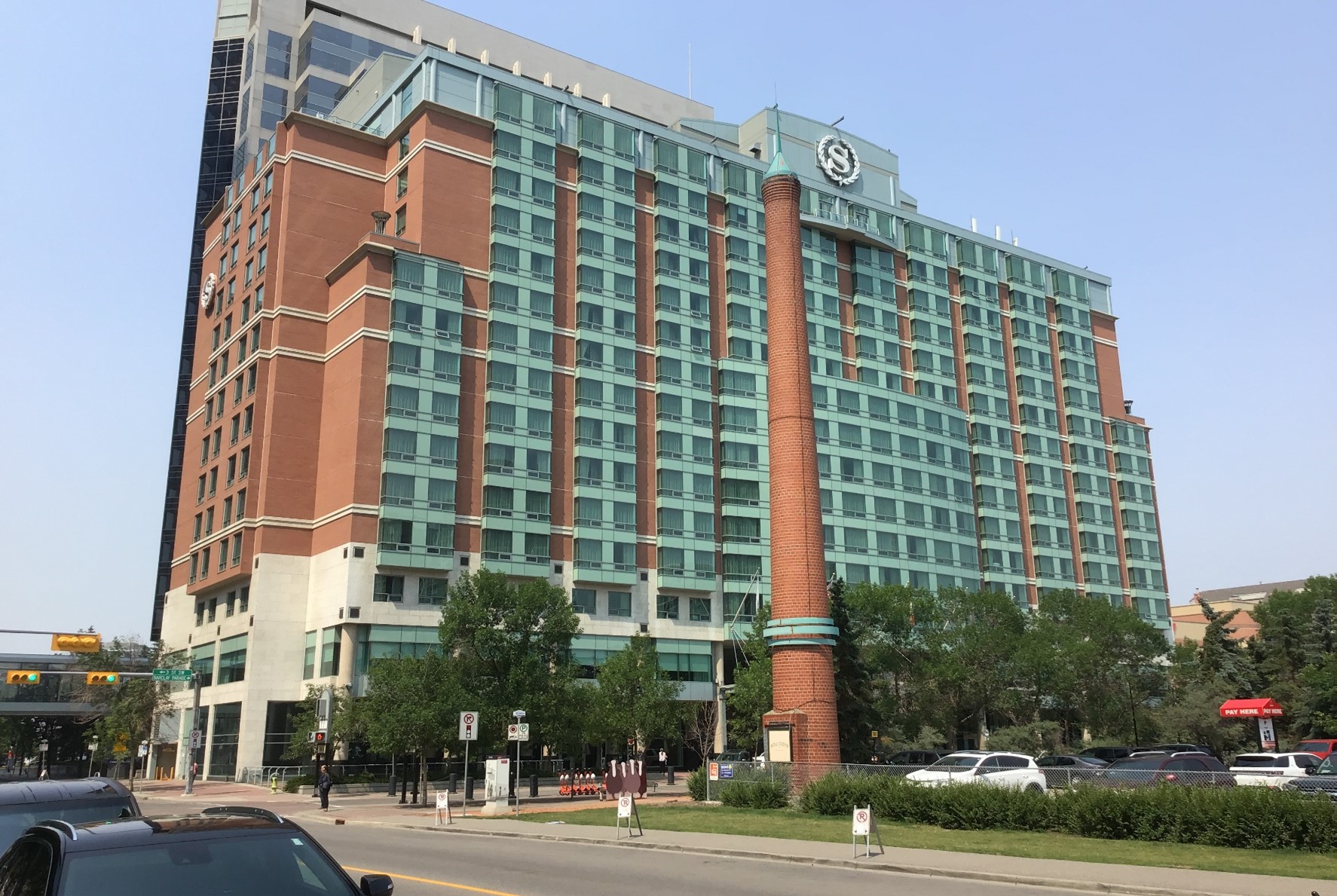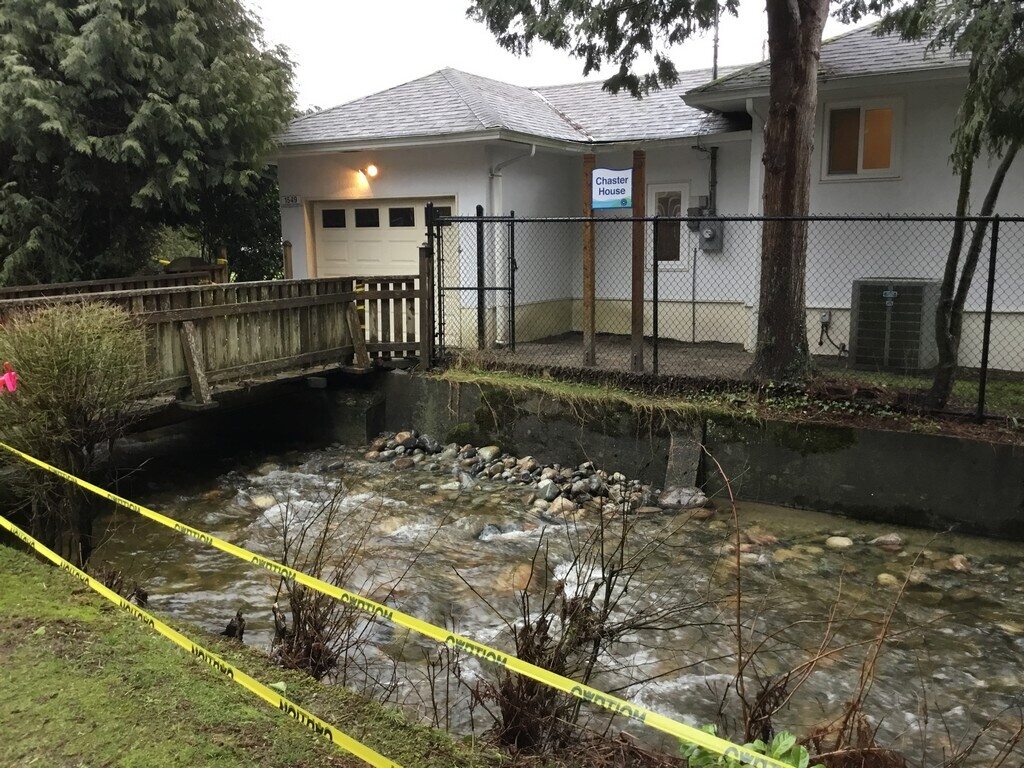Well designed and constructed structures ensure the safety, stability, and longevity of buildings, bridges, retaining walls, and sidewalks of our built environment. However, there are times that these are compromised, and a structural assessment is required to re-ensure the safety of the occupants and/or to extend the life of a structure. Age and lack of maintenance are other factors that may impact the performance of a structure, and these are evident in visual signs of cracks, corrosion, settlement, water infiltration, etc.
To help our clients (building owners, property managers, etc.) manage their assets proactively, Roth IAMS provides along with our core service of, building/facility condition assessments (BCAs), in-depth or comprehensive structural assessments. Our structural group consists of senior licensed professional structural engineers with 20+ years of experience. Our approach is unique in that our solutions or improvement recommendations are based on engineering analysis that include non-intrusive and intrusive investigations. We integrate our findings and recommendations into Capital Asset Management and Repair Plans, to help our clients prioritize and manage their capital and maintenance renewals.
Our BCAs do not end with the visual assessments. When solutions to the observed deteriorations like cracks, water infiltrations, etc., are not clear, structural engineering studies are recommended to be undertaken by our licensed structural engineers. Their approach of in-depth non-intrusive specialist investigations, followed by, if required, intrusive investigations, help building owners manage the repairs, and extend the life of their assets.
SECAs Phase 1 are in-depth, non-invasive structural condition site assessments that focuses on visual assessments and investigations, finding effective retrofit solutions of distressed structural elements, or the overall buildings or infrastructures. This phase includes the review and analysis of existing drawings, previous engineering reports, and/or repair histories. Depending on conclusions, this phase may by followed by SECA Phase 2.
SECAs Phase 2 takes the SECA Phase 1 analysis to the next level. In-depth structural condition site assessments which include invasive, destructive, and specialized testing and materials evaluations are undertaken to further confirm the retrofit or repair recommendations.
SECAs -Forensic are offered to assess the impact of fires, floods, seismic activities, etc. to the performance of the structure and infrastructure. The service is also extended to Historical Buildings, to study the impact of the elements (wind, precipitation, etc.) over the years to the performance of buildings and infrastructures.
SECAs – Pre and Post Construction Assessments are undertaken to study the affect of construction to buildings or infrastructures that may be in the zone of influence. The assessments are generally visual, or may require vibration monitors and crack gauges to be installed to support the analysis and findings.

